WHAT GEOTEXTILES DO AND WHAT TO WATCH OUT FOR
Geotextile sand additives designed to be mixed with sand arena footing are flooding the US market right now. But what are geotextiles and what benefit do they provide your footing? Geotextiles and fibers bind with the appropriate sand, adding stability and cushion and retain moisture—factors that can influence the performance of your horse.
But, not all geotextiles are created equal.
What started out with a clean geotextile consisting of polyester needle-felt imported from Germany more than 10 years ago, is now turning into a shredding contest of post-consumer and recycled products in the US – far away from the original product.
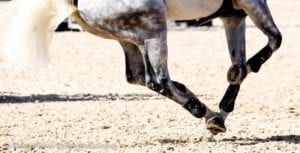
Studies have shown that a normal gallop of a 1,200 lb horse impacts the ground at 1,400 per square inch! This a lot of force hammering the ground. A too compacted and hard surface without proper shock absorption puts a horse at risk of injury.
To an unseasoned eye, white shredded bathroom rugs or shredded carpet fibers may look like the real product. But look twice: In order to optimize performance and longevity, the ideal geotextile blend should have a ratio of 80% needle felt and 20% fibers. Fiber content could get higher up to 30-40% max to stabilize medium-coarse sand. The specific blend is determined and blended minutely during the manufacturing process!
Nowadays, we see a lot of shredded, dusty, and contaminated carpet fibers, old bathroom rugs, mattresses, etc., sold as sand additives. These products are contaminated and also do not provide the ideal ratio of textile to fibers, resulting in overly compacted and hard arena footings.
Horse health is a primary concern in these situations, as it is imperative for the horses to breathe in clean air from the ground up, in addition to the optimal performance of springy arena footing.
Be careful with offers of green, grey, and black geotextiles as well, which are manufactured at a higher temperature and are therefore much harder. Hard materials do not add cushion and do not absorb and retain moisture.
It is best to stay away from any carpet shreds and fibers altogether—do not forget that going a more economical route in the beginning is often more costly in the long run and can ruin your new sand.
So, when considering your arena footing and particularly sand additives, the best way to protect your horse is to do your research and invest in a high-performing, clean product specifically designed for equestrian use. Have additional questions about geotextiles or arena footing? Contact us!
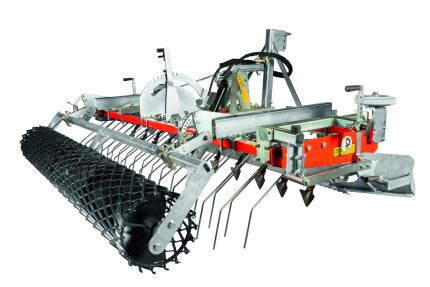
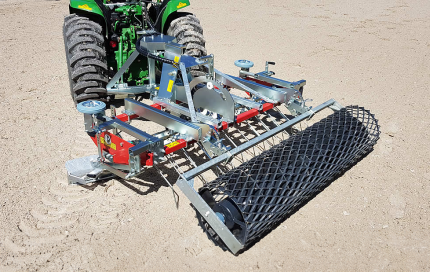
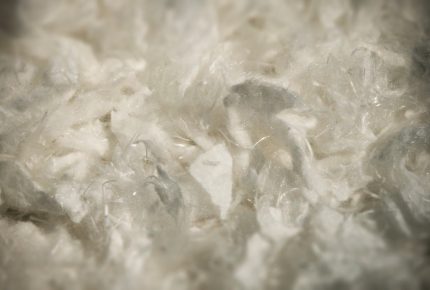
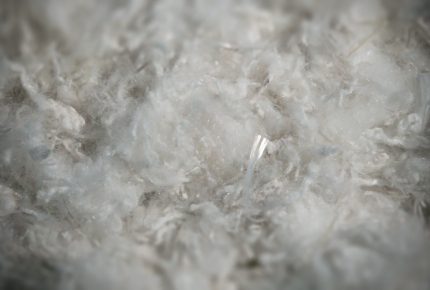
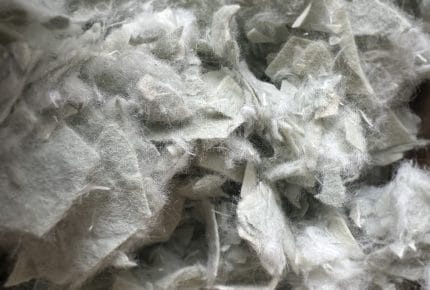
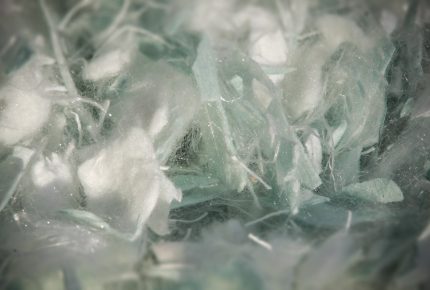
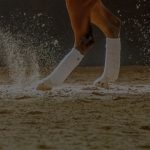 Geotextile Arena Footing
Geotextile Arena Footing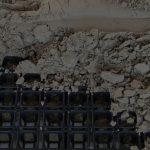 Ground Mats and Grids
Ground Mats and Grids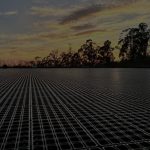 Subsurface Irrigation
Subsurface Irrigation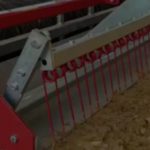 Arena Drags & Groomers
Arena Drags & Groomers Mirrors and Kickwall
Mirrors and Kickwall Horse Wellness
Horse Wellness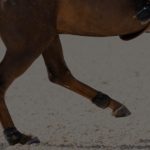 Dust Control
Dust Control